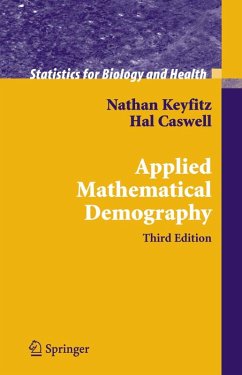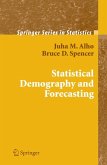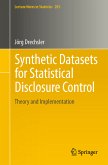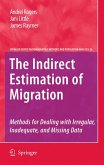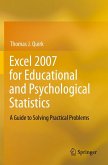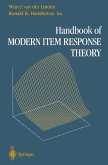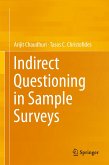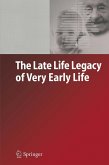The new edition maintains and extends the book's focus on the consequences of changes in the vital rates. Methods are presented for calculating the sensitivity and elasticity of population growth rate, life expectancy, stable stage distribution, and reproductive value, and for applying those results in comparative studies.
Stage-classified models are important in both human demography and population ecology, and this edition features examples from both human and non-human populations. In short, this third edition enlarges considerably the scope and power of demography. It will be an essential resource for students and researchers in demography and in animal and plant population ecology.
Nathan Keyfitz is Professor Emeritus of Sociology at Harvard University. After holding positions at Canada's Dominion Bureau of Statistics, the University of Chicago, and the University of California at Berkeley, he became Andelot Professor of Sociology and Demography at Harvard in 1972. After retiring from Harvard, he became Director of the Population Program at the International Institute for Applied Systems Analysis (IIASA) in Vienna from1983 to 1993. Keyfitz is a member of the U.S. National Academy of Sciences and the Royal Society of Canada, and a Fellow of the American Academy of Arts and Sciences. He has received the Mindel Sheps Award of the Population Association of America and the Lazarsfeld Award of the American Sociological Association, and was the 1997 Laureate of the International Union for the Scientific Study of Population. He has written 12 books, including Introduction to the Mathematics of Population (1968) and, with Fr. Wilhelm Flieger, SVD, World Population Growth and Aging: Demographic Trends in the Late Twentieth Century (1990).
Hal Caswell is a Senior Scientist in the Biology Department of the Woods Hole Oceanographic Institution, where he holds the Robert W. Morse Chair for Excellence in Oceanography. He is a Fellow of the American Academy of Arts and Sciences. He has held a Maclaurin Fellowship from the New Zealand Institute of Mathematics and its Applications and a John Simon Guggenheim Memorial Fellowship. His research focuses on mathematical population ecology with applications in conservation biology. He is the author of Matrix Population Models: Construction, Analysis, and Interpretation (2001).
Dieser Download kann aus rechtlichen Gründen nur mit Rechnungsadresse in A, B, BG, CY, CZ, D, DK, EW, E, FIN, F, GR, HR, H, IRL, I, LT, L, LR, M, NL, PL, P, R, S, SLO, SK ausgeliefert werden.

